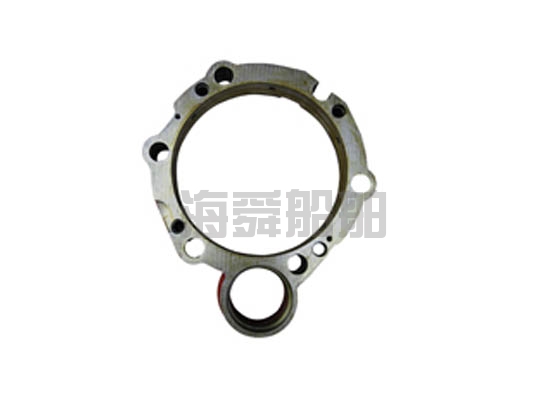Introduction to Marine Diesel Engine Parts: Low-speed Diesel engines
Directly drive the propeller. To ensure the propeller has a high propulsion efficiency, a relatively low rotational speed is required. Medium and high-speed diesel engines drive the propeller through a gear reduction box. The gear box is usually also equipped with a reverse rotation mechanism to achieve the reverse rotation of the propeller. However, low-speed diesel engines and some medium-speed diesel engines can reverse by themselves. Medium and high-speed diesel engines also achieve electric transmission through generators - electric motors - propellers. When higher power is required, multiple units can also be operated in parallel. During low-speed navigation, only one main unit can work, thereby improving operational economy and reliability. When two main engines are installed on the same ship, they are classified as the left engine and the right engine based on their installation positions and the direction of the propellers.
The main development trends of Marine diesel engines are: improving supercharging technology (such as two-stage supercharging, ultra-high supercharging and supplementary combustion supercharging, etc.) to increase the single-unit power; Improve the combustion process, use low-quality fuel oil and utilize waste heat to enhance economic efficiency; Improve reliability and extend service life; Fault prediction and monitoring are adopted to achieve the automatic remote control of diesel engines.
